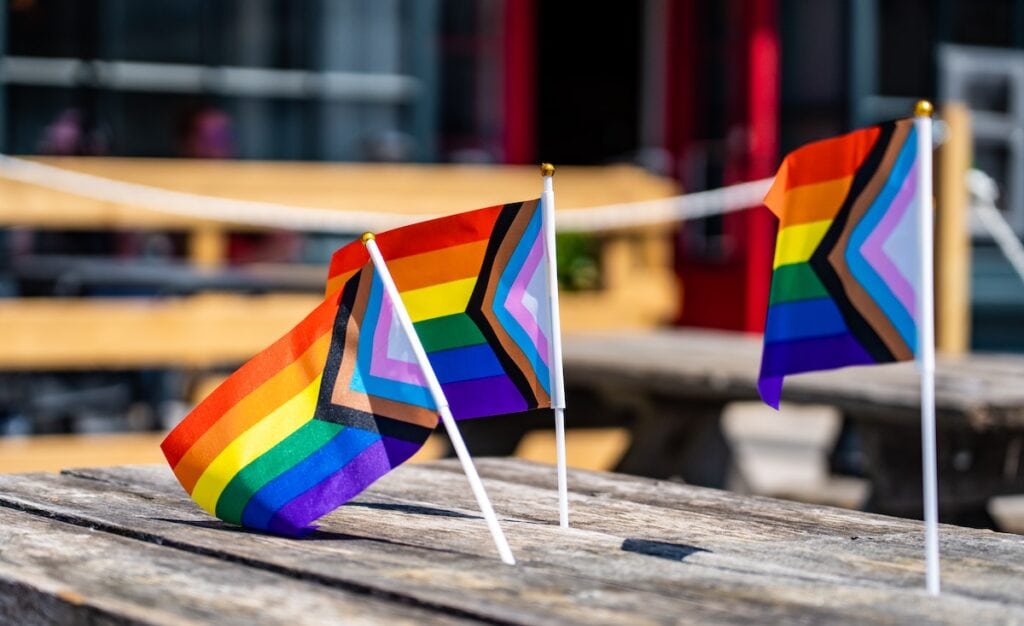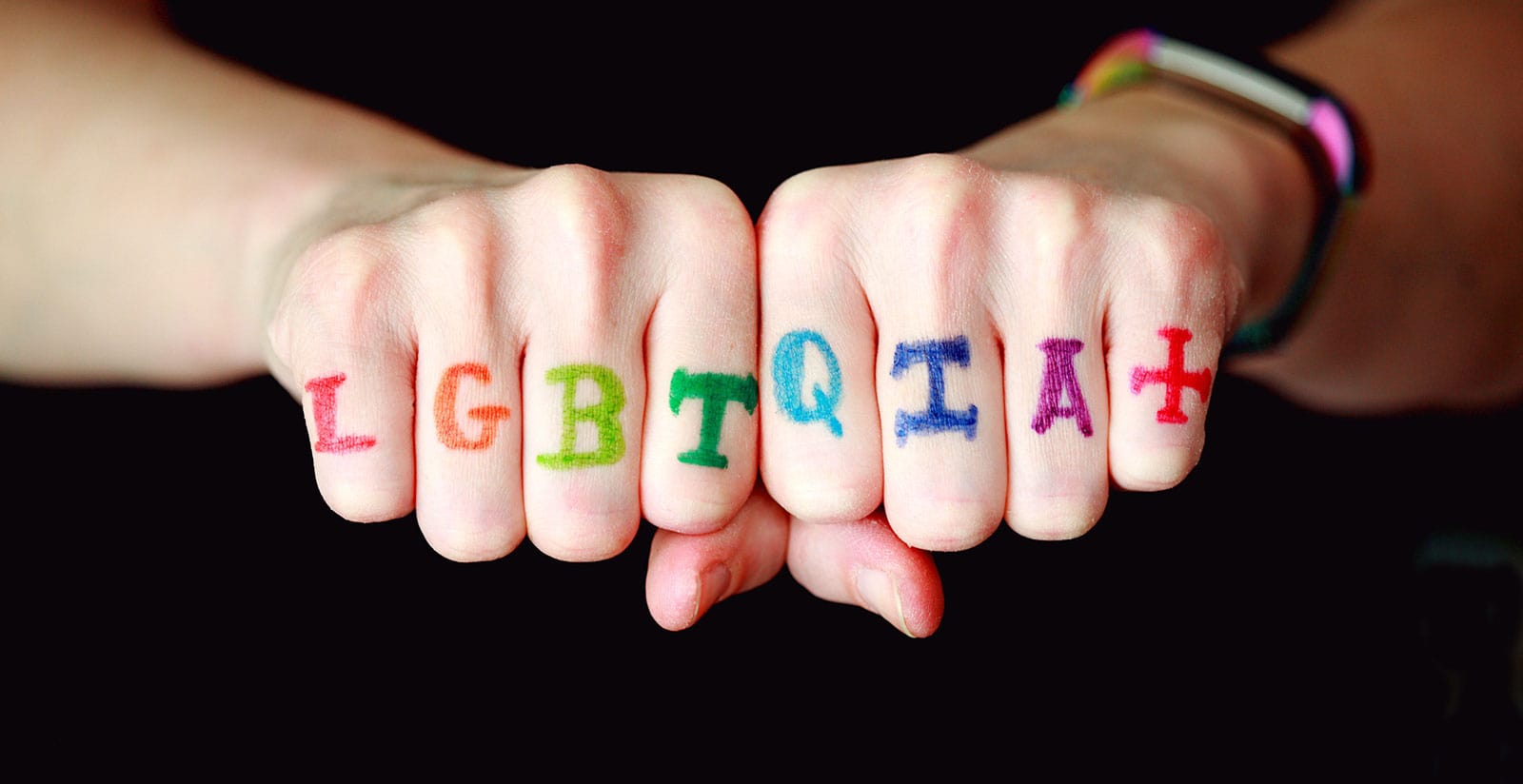Importance of inclusivity
As we come to the end of Pride Month, it is important to maintain the momentum by both continuously celebrating the history and achievements of the LGBTQIA+ (lesbian, gay, bisexual, transgender, intersex, queer/questioning, asexual) community and also actively advocating for equality and amplifying LGBTQIA+ voices. Even though LGBTQIA+ workplace inclusivity has gained momentum in recent years, it is important to align your company values with the movement to avoid rainbow-washing and to ensure that your Pride activities extend to the long term. Why? Because inclusivity in the workplace is not only the right thing to do but also the most strategic. Studies have shown that inclusive workplace practices can boost employee well-being by minimising the stress and anxiety people might experience by having to hide their identities.
Navigating the workplace: LGBTQIA+ experiences
Many LGBTQIA+ individuals encounter daily obstacles and discrimination treatment, which can be further intensified by prejudice based on factors such as race, disability and socioeconomic status.
McKinsey’s research has shown that more than half of gay, lesbian and non-binary employees have a sense of being the “only” person in their workplace who identifies as gay, lesbian or non-binary accordingly. This reiterates the need for strong, positive role models within the workplace who represent the intersectionality of its employees. Employers that hire from a diverse pool of candidates and encourage candidates to offer active feedback following their interview can also reduce this effect.
It’s also important to highlight that different members of the LGBTQIA+ community experience different extents of discrimination in the workplace.
McKinsey’s 2022 survey found that 14% of cisgendered (a person whose gender identity corresponds with the sex the person was assigned at birth), straight employees would feel uncomfortable flagging mental health challenges and burnout at their work. In comparison, 29% of their gay, lesbian, bisexual and non-binary employees felt uncomfortable sharing mental health concerns; this figure jumps to 47% for transgender employees. It is important for HR or equivalent departments to be welcoming and supportive spaces. Jacobs Engineering Group do a good job at this, having introduced a specific Trans HR rep to help trans employees feel able to come to them for support.
Working challenges to building workplace inclusivity
Incorporating LGBTQIA+ inclusive practices in the workplace comes with several challenges. A prominent challenge is overcoming the deep-rooted biases and stereotypes already existing within the workplace culture. A lack of awareness or discriminatory attitudes can be difficult to challenge across the organisation and lead to unsafe working environments. In fact, Stonewall reports that one in five people from the LGBTQIA+ community reported that they were the target of negative comments at work and over a third feel like they need to hide their identity. This feeling of needing to hide within the workplace exacerbates the problem as it makes it harder for organisations to build LGBTQIA+ networks within the workplace and have a sounding board for developing inclusive practices. Furthermore, corporate involvement during Pride Month can be seen as tone-deaf and opportunistic, making it all the more important to embed lasting inclusive practices in the organisation to avoid isolating your employees and consumer base.
Practices to build an inclusive workplace
To help LGBTQIA+ individuals feel more comfortable in the workplace it is important for companies to bear in mind that microaggressions accumulate but positive signals do as well. Below is some guidance on how to build inclusivity into your company’s DNA.
Build a supportive environment
- Create affinity groups that offer a safe space for LGBTQIA+ employees to share their lived experiences and support each other. This allyship is crucial to counteract the sense of ‘onlyness’
- Develop anti-discrimination policies which are enforced. This could be a zero-tolerance policy concerning harassment based on gender identity
- Create awareness training across the team to educate employees on LGBTQIA+ terminology and challenges to build empathy and promote more dialogue on LGBTQIA+ issues
- Create formal training for people in the recruitment team to minimise unconscious bias. This can also be done through blind CV screening and increase the chances of hiring a more diverse workforce
Create inclusive communication channels
- Use gender-neutral language and respect employees’ pronouns
- Train employees to listen to colleagues and promote an environment where a diversity of perspectives is appreciated
Support LGBTQIA+ causes
- Regularly support causes and initiatives and allow employees to input on the organisations which your company supports. This can be done through time, resources or donations
Actively showcasing your LGBTQIA+ values externally
- A lot of LGBTQIA+ employees report having a sense of how inclusive their new workplace is well before their first day. To visibly align yourself with the LGBTQIA+ community, you can:
- Update the visuals on your website to highlight your inclusivity
- Include answer options beyond ‘male’ and ‘female’ on the job application
Inclusive practices encouraged by the B Impact Assessment
As organisations work towards B Corp certification, the B Impact Assessment guides companies to embrace inclusive practices at their core. A small sample of the inclusive practices encouraged by B Lab are:
- A non-discrimination statement in the Employee Handbook (0.07 points)
- An anti-harassment policy with reporting mechanisms, processes and disciplinary procedures (0.07 points)
- Writing a parental leave policy which does not distinguish between primary and secondary caregiving or provides equivalent time and pay to both (0.13 points)
On the latter point, it is key to ensure equal access to flexible working and parental leave and that this is not limited based on assumptions about gender and caregiving responsibilities.
Updating your policies and processing them in this way is a great initial step on a company’s journey towards creating an inclusive work environment.
What is Pride Month where did it come from?
The origins of Pride Month can be traced back to the Stonewall Riots, which took place in June 1969 in New York City. This marked a turning point in the LGBTQIA+ rights movement and sparked a wave of organising and advocacy efforts.
Over time, Pride Month has evolved into a global movement that raises awareness about LGBTQIA+ rights, promotes inclusivity, and celebrates diversity. It serves as a reminder of the progress made in the fight for equality and the work that still needs to be done to ensure the rights and well-being of LGBTQIA+ individuals worldwide.
The research also demonstrated that transgender people faced notable barriers to employment. In McKinsey’s survey, trans people were roughly the same age as other people entering the survey. Still, they were more likely to be in entry-level positions and also more likely to view their gender or sexual orientation as a barrier to promotion. Companies can help counteract these experiences by improving mentorship experiences and support for their LBTQIA+ employees, such as by training managers to be effective mentors and then proactively pairing them with entry-level employees.
Another key factor is the need for companies to rid the company culture of inappropriate behaviour and microaggressions, this can include conscious inclusion training and sage-reporting channels for inappropriate behaviour.
Co-written by Hannah Williams and Natalie Yum




